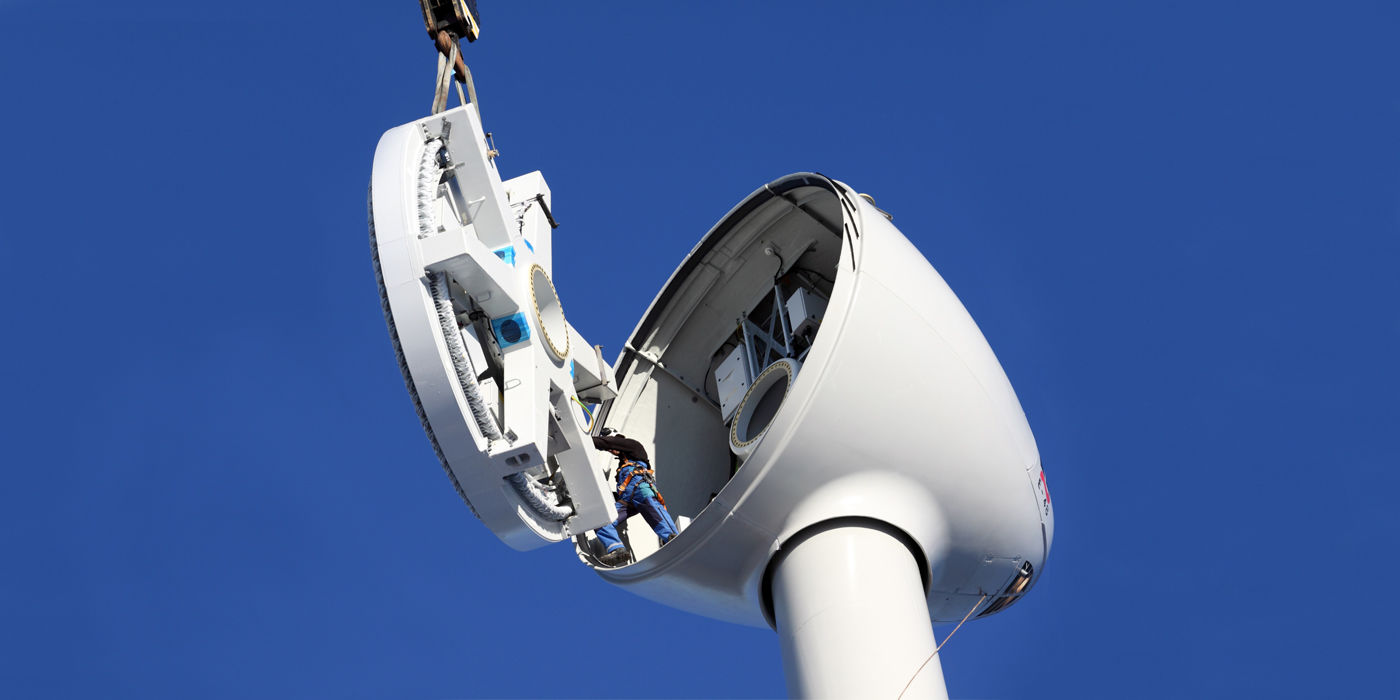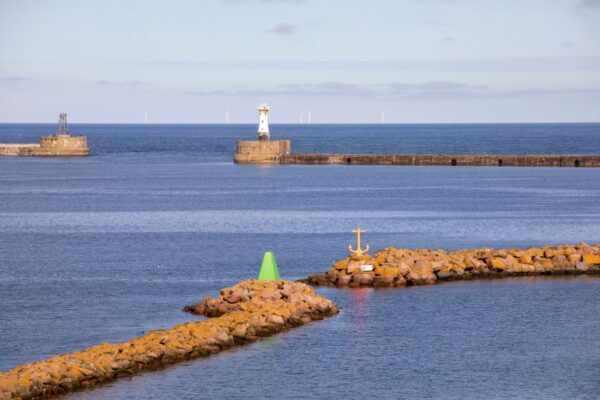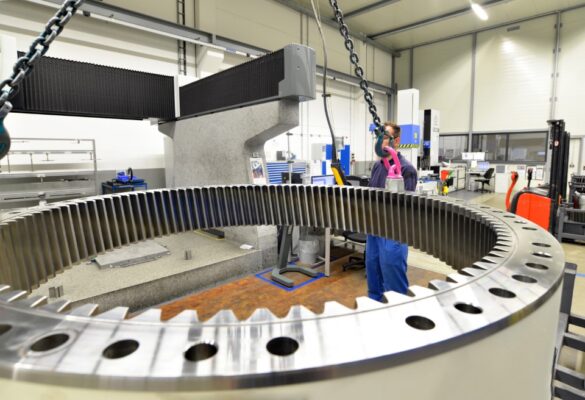In generating wind power, size usually determines capacity: the larger the turbine, the greater the energy output. It is, therefore, more cost-efficient in the long run for companies to deploy high capacity turbines. But large turbines can cost millions of dollars, and technologies to reduce maintenance costs are slow to develop. Focusing on these areas, sceptics dismiss the energy as an expensive green alternative, rather than an economically viable option. But how justified is this criticism?
Calculative costs
In discussions on wind energy prices, the levelized cost of energy (LCOE) is a major theme. This figure is calculated by weighing the initial equipment and installation costs against the level of production from an energy plant during its life span. In order for a plant to efficiently recover its initial outlay, LCOE needs to be low. Operating at minimized costs helps a plant to provide affordable power and compete against conventional methods of energy production.
Coal plants are currently generating power at an average price of $40/MWh and wind at around $65/MWh. But when comparing renewable energy sources to fossil fuels, two important factors are often ignored.
- The LCOE of wind energy can only be forecast as facilities are still young and technology is still in developing in stages. Predictions made today about the operational costs of a facility do not consider the likely possibility that technological developments will make wind energy much more cost-efficient in the future.
- Costs for coal-fueled power are based on existing production facilities, whereas the price of wind is based on new-build plants. With newly built farms, it is unlikely that initial set-up costs have already been recovered. This means that renewable energy sources are bound to appear more expensive than coal power.
Technology to improve cost-efficiency
Wind energy prices are already competitive. The price of onshore production has fallen dramatically in the last five years. It now has the ability to generate power at a cost that is lower than both coal-fired and nuclear power plants. Offshore wind farms are also proving to be valid economic ventures, producing wind energy at $113/MWh. This figure is low enough that a wind farm could be built without the need for government investment. It would also be able to provide power at a price low enough to be a subsidy-free household energy provider.
Since the mid-20th century, increased environmental awareness has led governments to invest in renewable energy as a replacement for fossil fuels. As ambitious initiatives drive renewable technologies to mature and become more commercially adopted, the cost of wind power is set to rival other energy sources. Denmark, for example, is seen to be a pioneer in wind energy. Danish companies, supported by the Technical University of Denmark, continue to improve wind technology and build wind’s reputation as a stable and reliable energy source. For example, Denmark powered the entire country using wind for a day in February 2017. The wind industry will be able to use these technologies to reduce costs, and therefore reduce dependency on government funding.
Heading for pole position
Wind is already proving itself as a viable, inexpensive energy option but developments remain slow due to misinformation and skepticism. Wind can only become more cost-efficient if investors start to realize the economic viability of wind, with or without government subsidization. Technological advancements will also bring costs down, as operation and maintenance will require fewer resources. What’s more, with coal and oil reserves depleting, wind energy is gradually becoming cheaper than fossil fuels.



